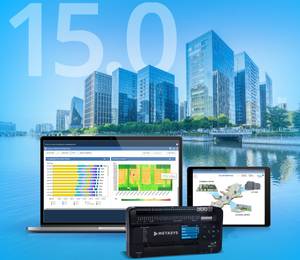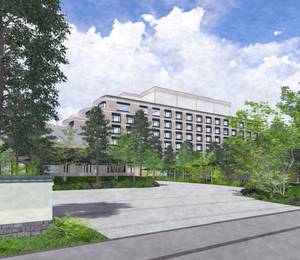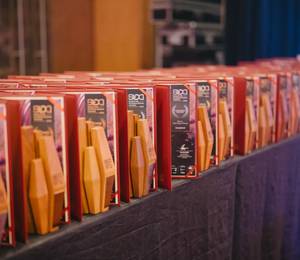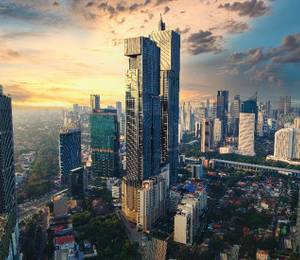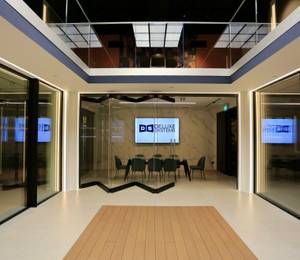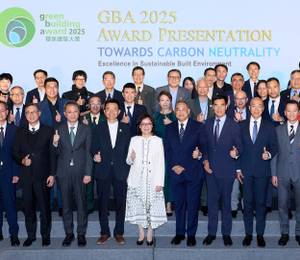People need cooling as temperatures rise. But how do they get it without increasing emissions? Danish engineering company Danfoss offered an answer at COP27 in Sharm el-Sheikh.
Nordborg, Denmark – Take district energy and add renewable energy sources. Then you have the key ingredients which cities can use to provide cooling for citizens in a carbon neutral way – not least in the Global South where cooling is more urgent than ever.
And that’s important information when you consider the fact that energy demand for space cooling alone is right now on a course where it may triple by 2050, then consuming as much as all of China and India do that.1
Rasmus Abildgaard Kristensen, Vice President & Head of Public Affairs, Danfoss Group Communication & Sustainability, urged world leaders to act on this knowledge at a panel debate that took place alongside COP27 in Sharm el-Sheikh, Egypt on Tuesday 15 November 2022.
“District cooling is extremely effective in urban areas and typically reaches efficiency levels that are five or ten times higher than individual cooling systems. It offers benefits from an urban planning perspective, too: it takes up less space and reduces noise levels from buildings where individual air-conditioners are no longer necessary as cooling is created at a central plant,” says Rasmus Abildgaard Kristensen.
He explains that air conditioners also emit excess heat when they operate. And, in densely populated areas with individual air conditioners operating inside thousands of buildings, this puts further pressure on temperature levels with each building’s air conditioning system emitting its excess heat outside.
District cooling is based on chilled water running through insulated underground pipes and can be powered by electricity. If this electricity comes from renewable sources such as solar or wind, it will make a significant contribution to the decarbonization of cooling.
With district cooling, you also get higher levels of flexibility. It allows you to use the electricity generated on a stormy or sunny day to create cold water. And you can then store this cold water in thermal or ice tanks for use when the sun is not shining and the wind is not blowing.
“If cities in the Global South combine district energy from renewable resources with higher energy efficiency in buildings, they can provide cooling to their citizens without sacrificing climate goals,” says Rasmus Abildgaard Kristensen.
1IEA (2018). The future of cooling. Opportunities for energy-efficient air conditioning, p.3

